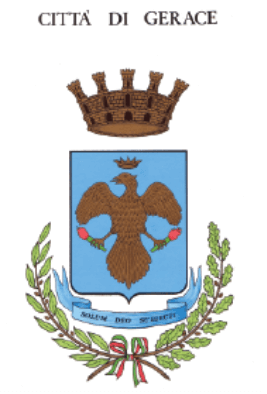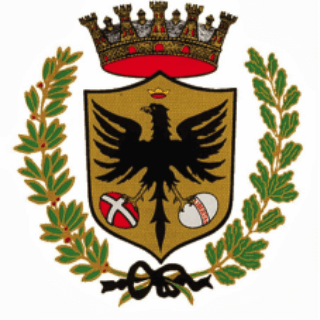
The Neolithic or Late Stone Age is a prehistoric period marked by significant primarily economic and social changes that implied a whole range of new phenomena in the material and spiritual culture of prehistoric human communities. A novelty that essentially determines the Neolithic is an economy based on livestock and agriculture, which ensures constant and relatively safe availability of food, and a sedentary lifestyle that is organized in settlements of a more permanent type. Confirmation in this direction are the archaeological excavations of the site "Velike stine", where the sedentary lifestyle is confirmed by the findings of bones of large animals, tools, stone grinders, knives, axes and the most important element, the foundations of the settlement. Remains of holes for positioning wooden beams, which were part of the basic architecture, were recorded in the foundations of the stone wall. The benchmark for dating the entire site are numerous remains of ceramics of the Danilo and Hvar-Lisičić cultures, such as cooking vessels, plates, rhytons (cult vessels), etc., and are characteristic of the period between 5000-3500. BC. Neolithic open-air sites are extremely rare, their only representative in western Herzegovina is the site "Velike stine", which apparently due to its position between two rivers in the field, favorable climate and fertile land, preserves the remains of many Neolithic and possibly older communities.





